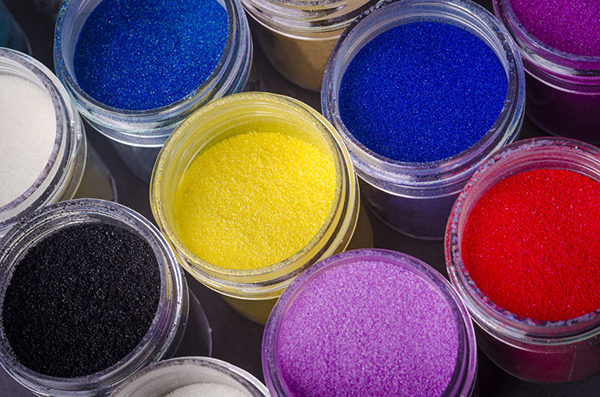
By Shilpi Mehrotra, Industry Manager in Kline & Co.’s Chemicals & Materials practice
Paints and coatings are the largest and the most advanced application for synthetic latex polymers. In fact, more than 30% of the global consumption of water-based emulsion polymers comes from paints and coatings applications.
According to Kline & Co.’s Synthetic Latex Polymers: Global Business Analysis and Opportunities report, paints and coatings overall consume a wide range of emulsion polymers, with the selection depending upon various factors such as application requirements of various properties, features, and durability, along with price and the degree of environment-friendliness of the paint manufacturers. Broad spectrum polymer emulsions, such as pure acrylics and styrene acrylics, find use in many types of paints and coatings, including interior and exterior architectural paints as well as multiple industrial coatings. On the other hand, some polymer emulsions such as polyurethane dispersions (PUDs) find application mainly in industrial coatings, and polyvinylidene chloride (PVdC) finds use in only industrial coatings.
“Within coatings, architectural paints are the largest consumer of emulsion polymers, the share of interior paints being slightly higher than that of exterior paints,” says Shilpi Mehrotra, Industry Manager in Kline’s Chemicals & Materials practice. “The COVID-19 pandemic did cause disturbances in this industry, but it also boosted interior renovating and refurbishing trends, mainly in the North American and European regions. This kept the demand for emulsion polymers in interior paints positive during the crisis. The selection of polymers for interior paints seems to favor more cost-effective polymers like vinyl acrylics and styrene acrylics, while for exterior paints, more durable polymers, such as pure acrylics, have a higher preference. For more environmentally friendly paint emulsions, vinyl acetate ethylene VAE is preferred.”
The industrial coatings segment is much smaller than the architectural paints segment, but a faster growing market for emulsion polymers. There are numerous paint applications within the industrial segment that require solvent-based paints rather than water-based emulsion paints, and this has been a challenge for the market of emulsion polymers. However, the shift from solvent-based to water-based emulsion paints has been a continuous trend globally, pushed by the need for low emissions and higher environmental responsibility. In the mature markets of North America and Europe, this shift is almost complete, but it continues to be seen significantly in the Asian markets.
India, followed by the ASEAN region and China, are the fast-growing markets for emulsion polymers for paints and coatings, driven by their growing GDP, high rate of industrialization, and population. These markets are also observed to be more price-sensitive and relatively less environment conscious in their selection of polymer emulsion chemistries than the Western markets of the United States and Europe. For instance, in the United States, pure acrylics is by far the largest polymer chemistry used in paints and coatings, but in India, styrene acrylics is by far the largest one.
In addition to solvent-based coating systems, synthetic latex polymers in paints and coatings also face some competition from alternate technologies, such as powder coatings in very high-end applications where fast curing time is very important, and water-based epoxies in advanced metal coating application in some construction projects.
Kline is a leading global management consulting and market research firm offering the complete spectrum of services. The firm has served the management consulting and market research needs of organizations in the chemicals, materials, energy, life sciences, and consumer product industries for more than 60 years. Its Synthetic Latex Polymers: Global Business Analysis and Opportunities report is a comprehensive analysis of the complex market of synthetic latex polymers for key applications, providing a detailed assessment of market size, competitive landscape, trends, and opportunities for all major and minor synthetic latex polymers. The program also includes a full SLP value chain map including emulsion polymerization plants, key monomers plants, and customers in key application markets.
The views, opinions and technical analyses presented here are those of the author or advertiser, and are not necessarily those of ULProspector.com or UL Solutions. The appearance of this content in the UL Prospector Knowledge Center does not constitute an endorsement by UL Solutions or its affiliates.
All content is subject to copyright and may not be reproduced without prior authorization from UL Solutions or the content author.
The content has been made available for informational and educational purposes only. While the editors of this site may verify the accuracy of its content from time to time, we assume no responsibility for errors made by the author, editorial staff or any other contributor.
UL Solutions does not make any representations or warranties with respect to the accuracy, applicability, fitness or completeness of the content. UL Solutions does not warrant the performance, effectiveness or applicability of sites listed or linked to in any content.
